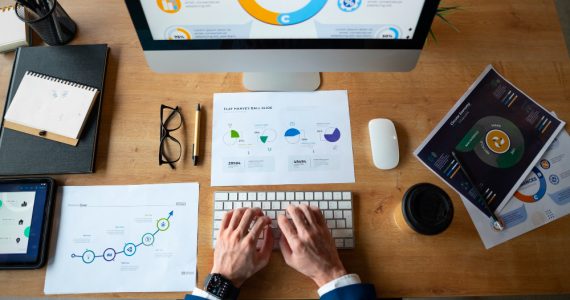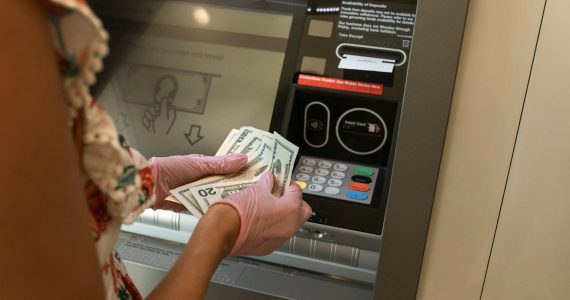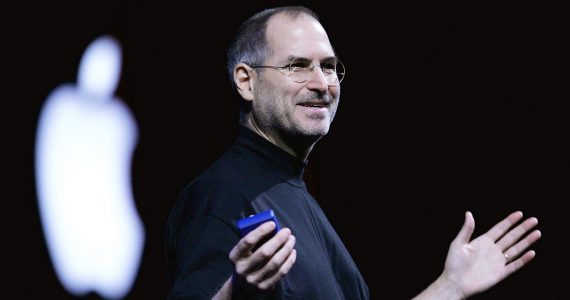Financing might sound like a smart way to stretch your grocery budget. But using Buy Now, Pay Later (BNPL) for food is one of the worst moves you can make with your money. It might feel like a modern upgrade to credit cards. But it is really just debt in disguise.
BNPL exploded as a trend during the pandemic. Shoppers loved the idea of splitting a big purchase into bite-sized pieces without paying interest. At checkout, it is just one extra click, easy and clean.
But when that “convenience” becomes a habit, especially for necessities like groceries, things go south fast.
BNPL Messes With Your Budget and Cash Flow
Financing your grocery bill doesn’t sound risky, but it starts messing with your money fast. Every time you choose to split that $80 grocery run into four easy payments, you are borrowing against money you haven’t earned yet.
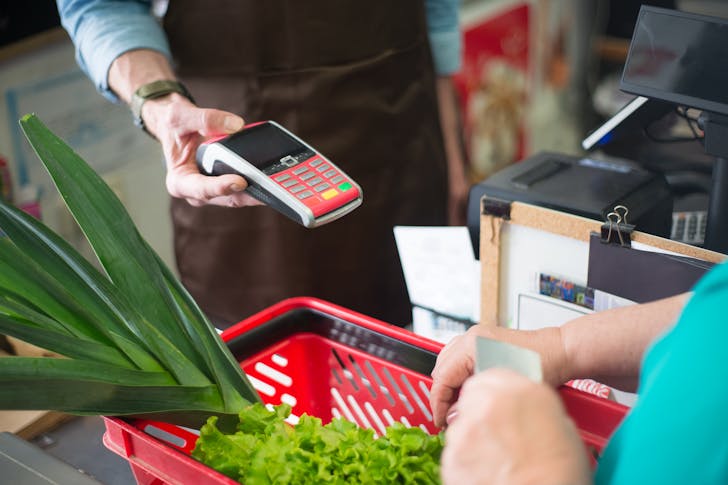
Since most BNPL services don’t show up like normal debts on your credit report, it is easy to forget how many payments are still coming. Worse? They won’t reward your on-time payments. But they will absolutely punish you for missed ones.
That late payment could hurt your credit, cost you extra fees, or both.
Groceries Shouldn’t Be Financed in the First Place
This isn’t like financing a laptop or a fridge. Those things hold value over time. Groceries are different. You are financing something that is already gone before the bill is even paid. You are eating now and paying later with money you might not have when the payment hits.
When you do this regularly, you are setting yourself up for a vicious loop. Future income is already spoken for, and any curveball, like a car repair or a higher-than-usual bill, can leave you ‘over-drafted’ or skipping payments. Groceries are a recurring need.
BNPL Makes You Spend More
Financing can trick your brain. When you are not paying all at once, it doesn’t feel like spending real money. That mental gap can lead to buying more than you need, extra snacks, fancier ingredients, and impulse buys. It adds up fast.
That is exactly what these services want. The goal is to reduce the “pain of paying,” so you spend more. And you probably will. Most people who use BNPL for groceries don’t stop at one transaction. They use it again and again until their payments are layered across weeks, sometimes even across multiple platforms.
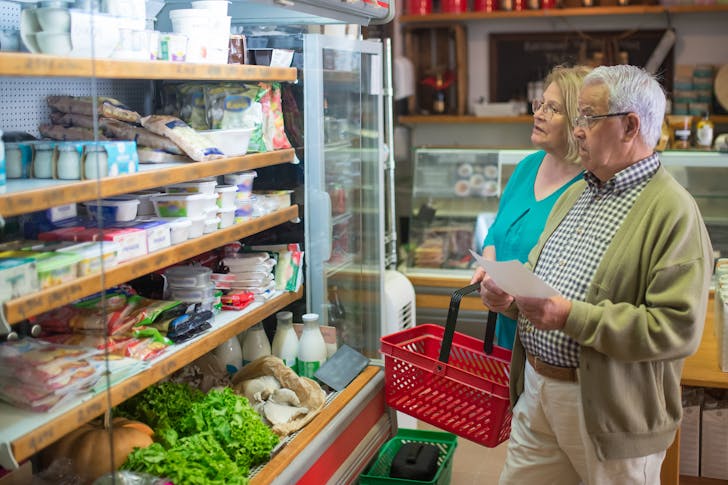
Zero Percent Interest Doesn’t Mean Zero Risk
A big selling point for BNPL is the “0% interest” claim. That sounds like a win, right? No fees, no interest, no pressure. But that is not the full picture. It is still debt. And if you miss even one payment, the fees pile on.
Worse, some providers hand you over to collections after just one failed transaction.
If you are relying on BNPL to afford basic needs, the problem is not the tool. It is a sign your budget has deeper issues that a payment plan won’t fix.
Financing Essentials Is a Red Flag
Groceries are not a luxury. If you are using a short-term loan just to buy food, something’s broken. Financing should be for things that build value. Food is a recurring cost that needs to be covered in cash, not credit.
BNPL can make it seem like you are managing your money well. After all, you are spreading the cost, right? But this is fake control. You are not solving the problem; you are kicking it forward. Each new payment schedule adds another weight to your already tight cash flow.

